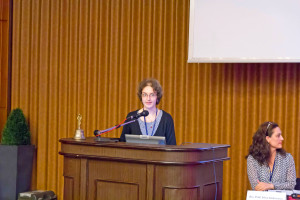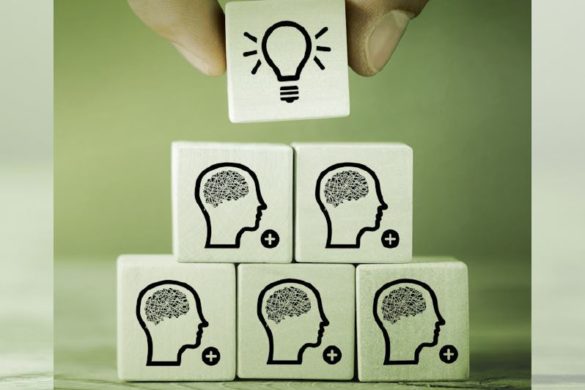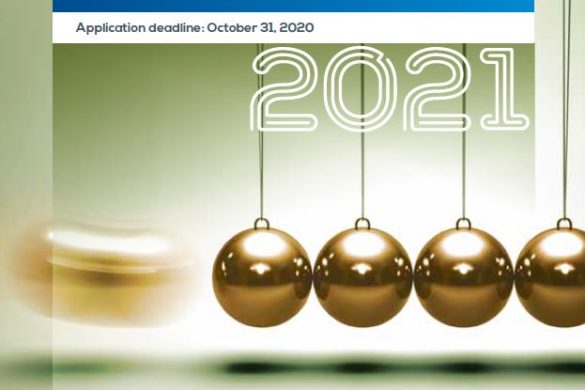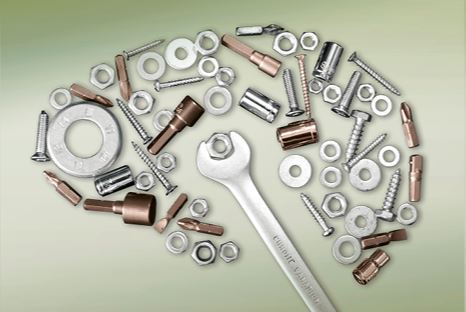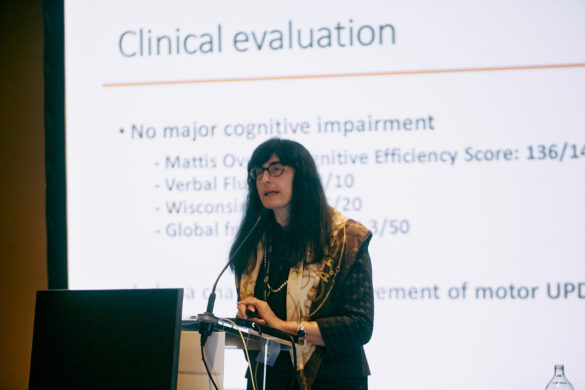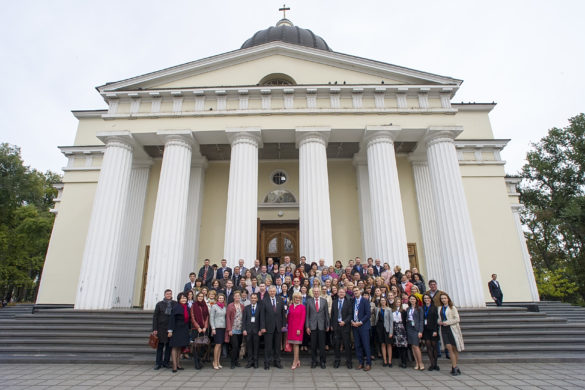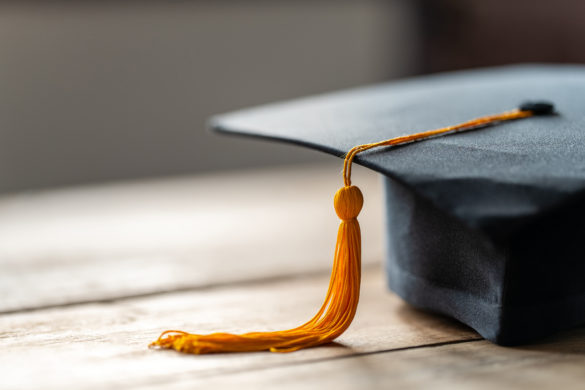I attended the Regional Teaching Course of the European Academy of Neurology on Neurosonology and Cerebral hemodynamics that took place from October 2-5, 2014 in Sofia, Bulgaria and represented the European Association of Young Neurologists and Trainees as a secretary in the 2014 office. The teaching course was preceded by the 9th meeting of the Bulgarian Society of Neurosonlogy and Cerebral Hemodynamics.
On the first day, there was the opening ceremony presided by Prof Ekaterina Titianova and Prof Vida Demarin. Greetings from the chair of the RTC, Prof Titianova, from the Godmother of the RTC, Prof Demarin and from several Bulgarian and international institutions were addressed. Greetings from EAYNT and a presentation about future perspectives for young neurologists in Europe were also presented.
In the first day, there were lectures on aging brain, stroke and dementia. Prof Azevedo Elsa from University of Medicine Porto gave a lecture on the burden of atrial fibrillation in context of aging to prevent stroke and vascular dementia. Given the increasing prevalence of atrial fibrillation mostly in the elderly group of patients, its implications in cardioembolic stroke and vacular dementia, it represents an important public health issue aimed both in primary and secondary prevention. Data about atrial fibrillation epidemiology (prevalence, vascular risk, relation with cognitive impairment) were presented. Further, Prof Azevedo discussed methods of atrial fibrillation detection, aspects of cardioembolic strokes prevention and anticoagulant treatment. The place of novel oral anticoagulants in acute stroke management and their use after ischemic and hemorrhagic stroke were also presented. Prof Azevedo concluded that new treatments and new approaches bring novel directions to acute stroke management in stroke units.
Prof Demarin Vida from Aviva Medical Center in Zagreb gave a lecture about stroke and neuroplasticity in which the concept of neuroplasticity was clearly defined and its potential in stroke recovery was emphasised. Due to the ability of brain to remodel, change, reorganise in order to permanently adapt to new situations, there is a chance for recovery of function after a stroke. The reorganisation happens at several levels – neurochemical, synaptic, receptor and functional. One of the main points that were developed by Prof Demarin was the fact that neural networks are very dynamic, appearing and disappearing during a lifetime depending of the experiences. Defining major and minor networks, along with identifying ways to support them are new interesting perspectives of neurorehabilitation.
Prof Niederkorn Kurt from University of Medicine Graz gave a lecture about the present state of thrombectomy in acute phase of stroke. First, there were presented the technical aspects of the procedure and practical points on them. Further, Prof Niederkorn talked about several studies that were conducted in order to evaluate outcome of patients with stroke treated with thrombectomy. Practical aspects of intravenous thrombolysis and specific indications for invasive or conservatory approaches in acute phase of stroke were also discussed.
Prof Traykov Latchezar from University Hospital Alexandrovska Sofia talked in his lecture about classification and early diagnosis of cognitive impairments. Early diagnosis and understanding the cognitive profile in early stages of Alzheimer’s disease and other types of dementia has important influences on the treatment and prognosis. First, the neurophyschology of normal aging and the age-associated memory impairment was presented. Further, Prof Traykov discussed the new criteria for the diagnosis of Mild cognitive impairment and the differential diagnosis between Alzheimer’s disease and Vascular dementia, with emphasis on the concept of Subcortical Vascular Cognitive Impairment. A better understanding of the neuropsychological basis of these types of cognitive impairments may aid in their differentiation.
Next, there were 3 interactive workshops: Functional Transcranial Doppler in Stroke Risk (Prof E. Azevedo), Vascular dementia- is there a way to prevent it? (Prof V. Demarin) and Silent Brain Infarctions (Prof K. Niederkorn).
The second day was consecrated to modern aspects of neurorehabilitation. Prof Siebler Mario from the RehabX Group Essen gave a lecture on advances in neurorehabilitation after stroke. First, he made a short review on current methods in stroke clinical rehabilitation – primary and secondary prevention of complication, physiotherapy, communication and swallowing and neurophsychology. In the second part of the lecture, Prof Siebler talked about special advanced methods with emphasis on robotics, repetitive transcranial magnetic stimulation, transcranial direct current stimulation and pharmacological methods. As a conclusion, he showed that a thourough knowledge of mechanism involved in long term recovery after stroke is the key to developing more efficient modern rehabilitation methods.
Prof Ina Tarkka from the University of Jyvaskyla presented a lecture on brain imaging in neurorehabilitation. She discussed the utility of navigated transcranial agnetic stimulation as a brain imaging methos for stroke patients and presented the data from a personal study on stroke patients. The aim of the study was assessing motor tract function and walking ability in patients without initial gait one week and 6 months after stroke. Also, the value of motor evoked potentials in assesing descending motor pathways in different stages of stroke recovery.
Dr Anne-Marie Hughes from the Faculty of Health Science at Bournemouth University presented data from a study on task specific training and electrical stimulation as techniques used in rehabilitation of the upper limb after stroke. The feasibility of a rehabilitation system with personalised and controlled levels of electrical stimulation to several muscles during goal oriented activities with real life objects was assesed. Preliminary results showed improvement in range of movements in all four joints that were studied.
Prof Ekaterina Titianova gave a lecture on hemiparetic gait in stroke neurorehabilitation. First, there were presented theoretical data of motor recovery – spatial and temporal gait variables, footprint an footpall gait variables, polyelectromyiography and gait patterns. Furthermore, Prof Titianova talked about the gait rehabilitation techniques: neurophysiological techniques, motor learning techniques, robotic devices, functional electrical stimulation. Moreover, a good knowledge of predictors of gait recovery after stroke aid in choosing the best rehabilitation methods and recent studies have identified possible gait indicators for bilateral brain reorganisation in chronic hemiparesis. Stimulating brain plasticity by task oriented and high intensity training on long term can lead to restoration of gait after stroke.
There were also 3 interactive workshops: Attention lounge – a new concept of neuropsychological rehabilitation (M. Siebler), Brain imaging in neurorehabilitation (I. Tarkka) and Neurorehabilitation using FES – potential underlying mechanism (A.M. Hughes).
The third day was focused on advances in neurosonology. Prof Claudio Baracchini from University of Padua School of Medicine gave a lecture on Ultrasound study of intracranial stenoses – pre and post endovascular treatment. As intracranial atherosclerotc stenosis represents a major cause of stroke, they can be assesed by Transcranial Doppler or Transcranial color coded duplex sonography. Ultrasound helps in diagnosis of intracranial stenoses, identifying cause of it, in study of the risk of stroke recurrence, in study hemodynamic changes with time or in response to various stimuli and it can also detect transient emboli. All these informations gathered by ultrasound guide also the best therapeutical approach may it be pharmacological or interventional. In patients who underwent endovascular treatment, ultrasound is a seful tool to verify treatment efficacy.
Prof Del Sette Massimo from St Andrea Hospital La Spezia gave a lecture on sonothrombolysis. Sonothrombolysis can increase the penetration of circulatng tPA into the thrombus, therefore enhancing the recanalisation by promoting cleavage of fibrin polymers and increasing binding affinity of rtPS to fibrin. Prof Del Sette presented the data from a Cochrane Review of randomised studies published on sonothrombolysis which reported significantly more recanalisations, but with no effect on mortality. There are ongoing studies on its efficacy and safety, but current data proves it to be a promising tool in acute ischemic stroke.
Assistant Prof Milija Mijajlovic from School of Medicine University of Belgrade gave a lecture on ultrasound imaging of brain parenchyma TCS, temporal arteries and orbita. Transcranial brain parenchyma sonography, temporal arteries ultrasonography, echosonography of the optic nerve and retrobulbar vessels are novel important tools in the diagnosis of neurodegenerative, psychiatric diseases, temporal arteritis, optic nerve and ocular vessels changes. Assistant Prof Mijajlovic presented clinical applications of each of the methods – TCS being useful in diagnosis of neurodegenerative disorders with early specific echogenic changes in basal ganglia and also in diagnosis of psychiatric disorders like depression and also follow up; echosonography of optic nerves shows changes in intracranial pressure and duplex sonography detects vessels occlusion.
Prof Irina Velcheva from the University Hospital of Neurology and Psychiatry „St Naum” Sofia gave a lecture on cerebral vasomotor reactivity in clinical settings. The cerebral vasomotor reactivity is an indicator of the ability of cerebral aterioles to vary their vascular tone due to external stimuli. Prof Velcheva presented the most frequent tests that are performed to evaluate it including inhalatory induced changes in partial pressure of carbon dioxide and infusion of acetazolamide, also the imagistic method to evaluate it and the clinical applications of these tests in cerebrovascular disease, carotid pathology – stenoses, thromboses and after interventions, subarachnoid hemorrhage and cognitive deficits and vascular dementia.
At the end, participants were given a test. All participants received participation certificates and the ones who passed the test were issued also a second certificate for the succesfully taken exam. There were also social activites including a gala dinner and a city tour that offered participants the opportunity to get to know each other more in a friendly environment.
by Monica Moarcas, representative EAYNT

